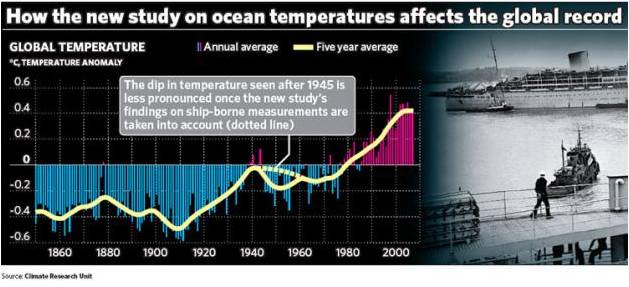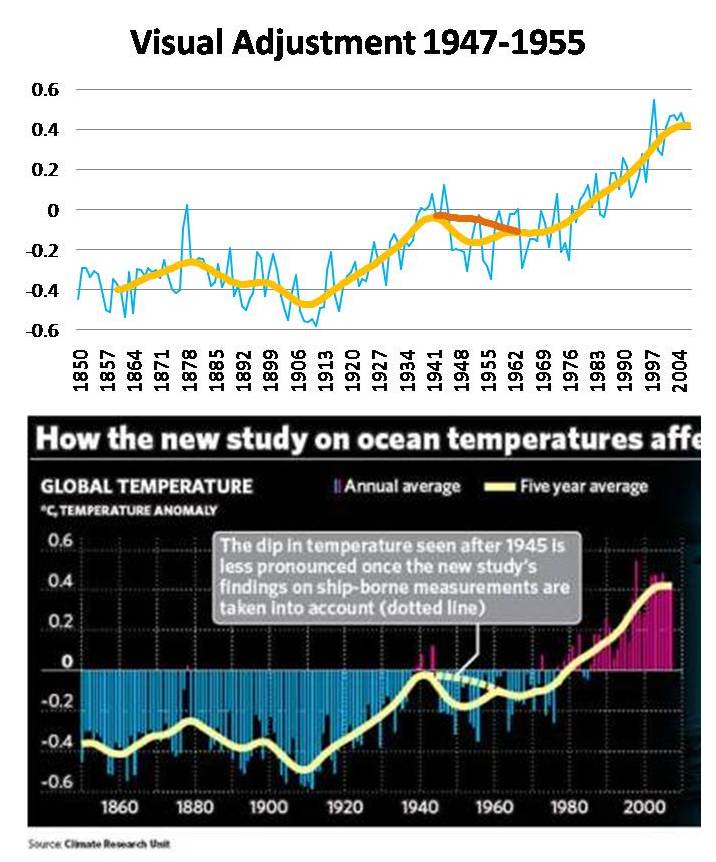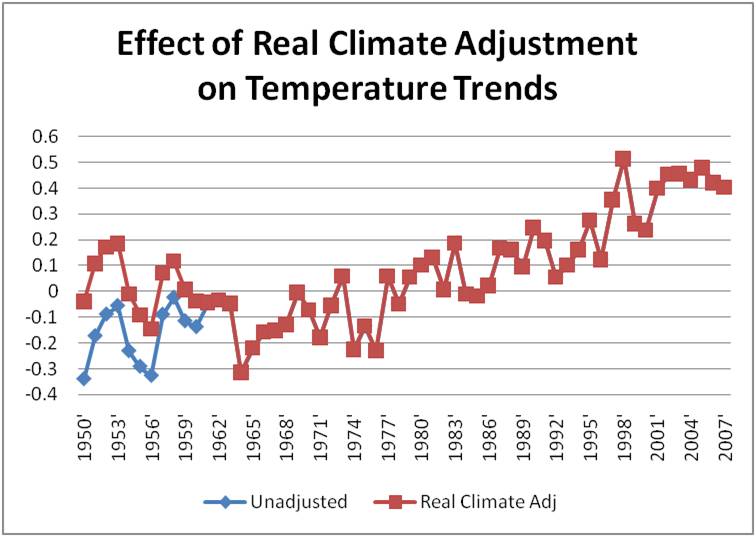The Synthesis and Assessment Products (SAPs); of the United States Climate Change Science Program (CCSP) are supposed to represent the absolute best reviews of the state of climate science from the world-leading United States research enterprise. With more than $30 billion invested in climate research over the past two decades, the SAPs represent the most important summary documents in U.S. climate science. The CCSP explains the significance of these reports:
These reports will provide current evaluations of the identified science foundation that can be used for informing public debate, policy development, and operational decisions, and for defining and setting the future direction and priorities of the program.
An unprecedented process of review was established to keep political appointees far from the reports. However, the significance of the effort and the rigorous review has not been sufficient to result in a quality synthesis report, which in its release for public comment is marred not only by incomplete analysis and selective presentation of science, but also, by plain old sloppiness.
Consider these three examples:

1. Doctored Image. As first mentioned in the comments on this site by Mark Bahner, and shown conclusively by [UPDATED] a commenter at Climate Audit and further discussed by Anthony Watts the report contains a photoshopped image (above) of flood damage in a section discussing precipitation. Not long ago Andy Revkin in consultation with his editors at the New York Times removed a doctored photo of a “wall of coal” when shown to have been altered by Peabody Coal which provided the image — you’d think that the CCSP would have quality control standards at least as high as a leading newspaper. But in this case the CCSP appears to have intentionally procured a doctored image, since it is available for purchase with a clear disclaimer. Anyone should know that presenting a doctored image is not a good idea in a scientific report.

2. Cribbed, Outdated, Misleading Figure. At Climate Audit, Steve McIntyre and his commenters indicate that the CCSP report reproduces an old figure (above) from the Arctic Climate Assessment report that splices paleoclimate temperature proxies and the modern instrument record, despite expert views that such splicing should not be done. Setting aside the substantive objections, how can the CCSP claim to be an assessment of the latest science when it simply cribs dated materials from other another report with data ending 10 years ago, when that same record goes through the present?
3. Hijacked Executive Summary But what is most troubling is the fact that the Executive Summary of the report repeats much of what the report’s non-governmental editor, Susan Joy Hassol calls her “Elevator Speech” of her personal political preferences on climate change. I personally agree with much of what she says, however the issue is not the details of the substance, but rather, how it is that the report’s editor was able to insert her personal policy preferences into the Executive Summary of the single most important report of the U.S. CCSP.
Below is a slide from one of Ms. Hassol’s lectures on climate change, delivered in the fall of 2006 (PDF). Below that image is am image of the first page of CCSP executive summary. I’ve color coded similar, and in some cases verbatim, phrases. The logic and substance of the two documents is remarkably similar and not at all scientific, but advocacy focused. Advocacy is appropriate in many contexts, and Ms. Hassol’s views are perfectly legitimate, but I expect to see neither political advocacy nor the editor’s personal views in the executive summary of the scientific research covered by the US CCSP Synthesis Report.


The CCSP explains that its authors should be technical experts:
Lead and contributing authors of the synthesis and assessment products are scientists or individuals with recognized technical expertise appropriate to a product. Lead and contributing authors may be citizens of any country and be drawn from within or outside the Federal government (e.g., universities or other public or private sector organizations). These individuals shall be acknowledged experts, known through their publication record and relevant accomplishments and contributions to their field. Lead authors are responsible for the content of the synthesis and assessment products that are submitted to the CCSP Interagency Committee for review.
The CCSP established a rigorous process for the writing and editing of its reports in order to limit the ability of political appointees to massage the report in desired directions. But apparently the CCSP review process has left a gaping hole for a single non-governmental, non-technical, non-expert to shape the report in politically desirable ways.
On an issue as high politicized as climate change, where bloggers and others are paying close attention, the inclusion of a doctored image, the cribbing of an old, misleading figure, and the inclusion of an editor’s personal views in the guise of a science assessment is remarkable, even in a draft for public comment. Even if the excuse is plain old sloppiness, the report is a big fat black eye for the world’s leading climate science program.






